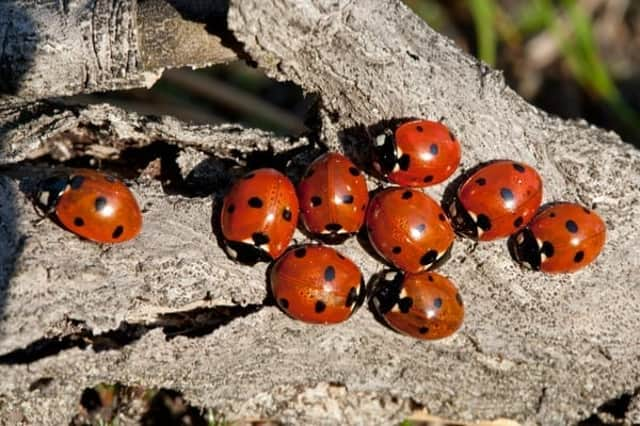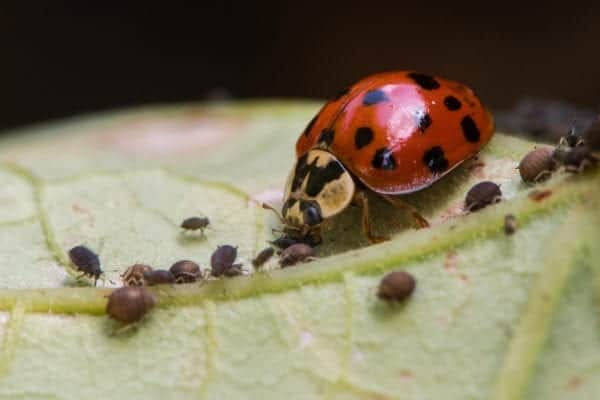Ladybirds carrying STDs set to invade the UK again


Last year the UK experienced a sudden influx of STD-carrying ladybirds - and now they’re back.
Harlequin ladybirds
The harlequin ladybird is regarded as the most invasive ladybird species on earth. They have black wings and can have multiple broods throughout the spring and summer.


Advertisement
Hide AdAdvertisement
Hide AdThe species has been in the UK since 2004, but the population has recently grown and become more well-known.
The bugs can contract a sexually-transmitted disease called Laboulbeniales fungal disease.
Laboulbeniales can also occur in other bugs but is a common infection for ladybirds, spread through close contact during mating and if the bugs huddle close together.
Can humans catch this STD?
Luckily, humans can’t catch this STD and if they do come into contact with it, it won’t do any harm.
Advertisement
Hide AdAdvertisement
Hide AdHowever, the arrival of thousands of these insects can affect some animals if eaten, alongside indigenous plant species.
This is due to the fungus they carry, so it’s best to keep them out of your house if you can.
The bugs can also leave behind a nasty chemical smell in the home and they can crawl over furniture and household objects, leaving unwanted stains.
The harlequin ladybird is regarded as the most invasive ladybird species on earth. (Photo: Shutterstock)
How do you prevent or get rid of the ladybirds?
Advertisement
Hide AdAdvertisement
Hide AdThe easiest and most humane way to get rid of these ladybirds is with a glass and a piece of card, experts advise.
As these bugs carry a chemical that could ruin furniture if it comes into contact with it, it’s best not to crush them.
Ladybirds often appear on windows or in small cracks, but will tend to fly away in the spring once the temperature starts to increase. Make sure that you don’t have any cracks or holes in your home, if you want to prevent them from getting in.
If you do start to find them around the home, you should try and act as quickly as possible in order to get rid of them, as their scent can attract more ladybirds.
This article originally appeared on our sister site, Yorkshire Evening Post